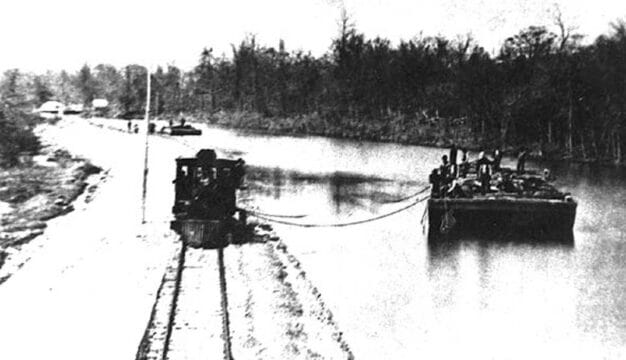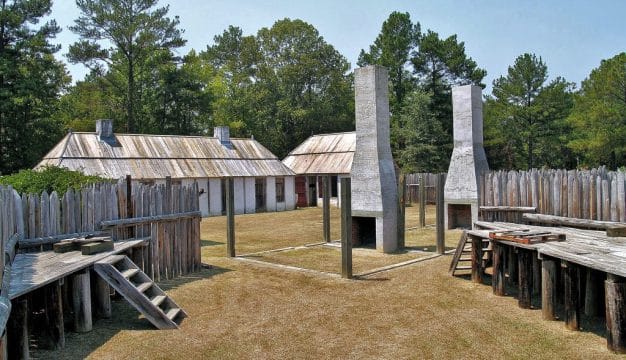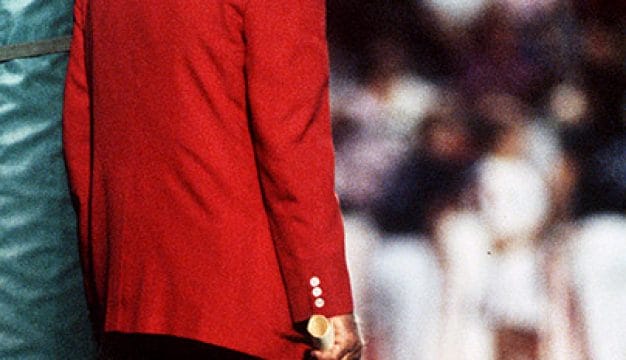Sixteenth Street Baptist Church
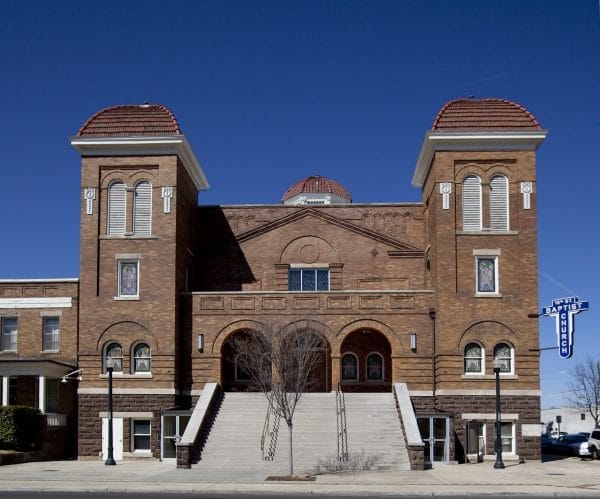 Sixteenth Street Baptist Church
Located in Birmingham, the Sixteenth Street Baptist Church was the first house of worship for African Americans in that city. The church gained national attention during the civil rights movement for hosting meetings and was the target of a racially motivated bombing, carried out by the Ku Klux Klan, that killed four African American girls in 1963. The bombing inspired many moderate whites to advocate on behalf of disenfranchised African Americans in Alabama and the rest of the South. The church became a national historic landmark in 2006.
Sixteenth Street Baptist Church
Located in Birmingham, the Sixteenth Street Baptist Church was the first house of worship for African Americans in that city. The church gained national attention during the civil rights movement for hosting meetings and was the target of a racially motivated bombing, carried out by the Ku Klux Klan, that killed four African American girls in 1963. The bombing inspired many moderate whites to advocate on behalf of disenfranchised African Americans in Alabama and the rest of the South. The church became a national historic landmark in 2006.
Sixteenth Street church was originally established in 1873 as the first Colored Baptist Church. The first worship services were held in a modest building at Twelfth Street and Fourth Avenue. In 1880, the church moved to its present location at Sixteenth and Sixth Avenue. From 1884 until 1908, the church operated from a brick building; however, the city condemned the building and ordered it torn down. In 1911, the church’s present building was constructed at a cost of $26,000; the new structure housed the sanctuary, a basement auditorium, and several rooms for church activities such as Sunday school classes.
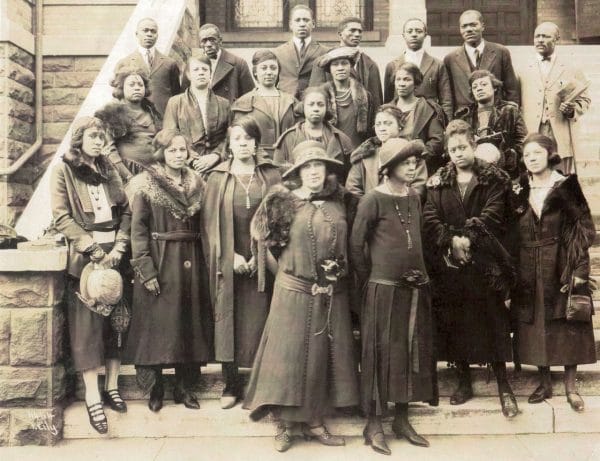 Sixteenth Street Baptist Church Choir, ca. 1917
The church was a mainstay in Birmingham’s African American community. During the early twentieth century, Sixteenth Street Baptist Church hosted many notable African American intellectuals, including W. E. B. Du Bois, sociologist, scholar, and Harvard University’s first African American graduate; Mary McLeod Bethune, scholar and founder of the Daytona Normal and Industrial Institute for Negro Girls (now Bethune-Cookman College); Paul Robeson, athlete, actor, singer, cultural scholar, author, and political activist; and Ralph Bunche, Howard University professor, political scientist, Under-Secretary General of United Nations, and Nobel Peace Prize winner.
Sixteenth Street Baptist Church Choir, ca. 1917
The church was a mainstay in Birmingham’s African American community. During the early twentieth century, Sixteenth Street Baptist Church hosted many notable African American intellectuals, including W. E. B. Du Bois, sociologist, scholar, and Harvard University’s first African American graduate; Mary McLeod Bethune, scholar and founder of the Daytona Normal and Industrial Institute for Negro Girls (now Bethune-Cookman College); Paul Robeson, athlete, actor, singer, cultural scholar, author, and political activist; and Ralph Bunche, Howard University professor, political scientist, Under-Secretary General of United Nations, and Nobel Peace Prize winner.
Throughout the 1960s, the church was the staging ground for African American activism and the civil rights movement in Birmingham. The church hosted mass rallies and became the headquarters for several desegregation and voting rights protests. Many marchers would assemble at the church and then hold protests at Kelly Ingram Park across the street. Serving as the de facto headquarters for the Southern Christian Leadership Conference (SCLC) and the Congress of Racial Equality (CORE), the church became the focal point for racial tension and white hostility toward the civil rights movement in the city. This tension climaxed at 10:22 a.m. on Sunday, September 15, 1963, when the church was bombed. The devastating blast killed Denise McNair (age 11), Addie Mae Collins (14), Carole Robertson (14), and Cynthia Wesley (14), who had just attended Sunday school and were in the basement dressing room discussing their first days at school and preparing for the 11:00 a.m. service. In addition, 23 other individuals were also injured. The bombing outraged the nation and inspired people to condemn segregation in the South. The bombing tragedy, along with other shameful events, such as the beatings of demonstrators in the Selma to Montgomery march in 1965, contributed to progressive landmark legislation such as the Civil Rights Act of 1964 and the Voting Rights of 1965.
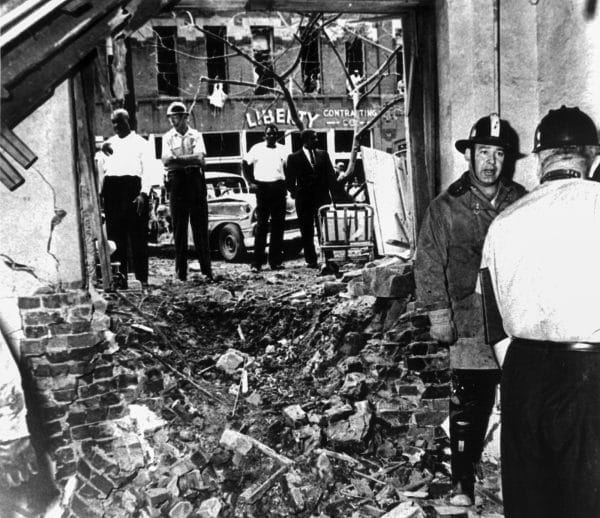 Sixteenth Street Church Bombing
The Federal Bureau of Investigation (FBI) determined that four men affiliated with the Ku Klux Klan participated in this domestic terrorist act: Robert E. Chambliss, Bobby Frank Cherry, Herman Frank Cash, and Thomas E. Blanton. The Birmingham office of the FBI wanted to prosecute the suspects; FBI director J. Edgar Hoover, however, rejected all efforts to prosecute the men, allegedly because he believed that it would be impossible to convict them in the state of Alabama. Five years after the bombing and investigation, no charges had been filed and the FBI closed the case.
Sixteenth Street Church Bombing
The Federal Bureau of Investigation (FBI) determined that four men affiliated with the Ku Klux Klan participated in this domestic terrorist act: Robert E. Chambliss, Bobby Frank Cherry, Herman Frank Cash, and Thomas E. Blanton. The Birmingham office of the FBI wanted to prosecute the suspects; FBI director J. Edgar Hoover, however, rejected all efforts to prosecute the men, allegedly because he believed that it would be impossible to convict them in the state of Alabama. Five years after the bombing and investigation, no charges had been filed and the FBI closed the case.
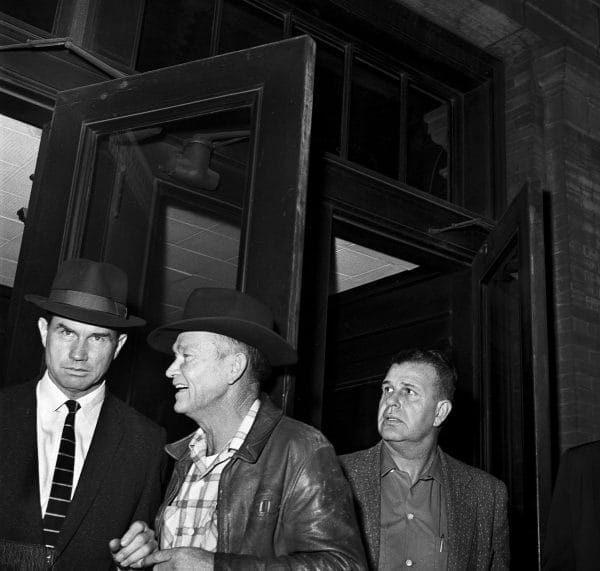 Robert E. Chambliss
In 1971, Alabama attorney general Bill Baxley reopened the case. Investigators discovered that Hoover blocked testimony, and the FBI did not turn other evidence over to Jefferson County prosecutors. That evidence consisted of 9,000 FBI documents and surveillance audio tapes. On November 18, 1977, Robert Chambliss was tried, convicted of murder, and sentenced to life in prison. He died in prison without ever admitting his role in the bombing.
Robert E. Chambliss
In 1971, Alabama attorney general Bill Baxley reopened the case. Investigators discovered that Hoover blocked testimony, and the FBI did not turn other evidence over to Jefferson County prosecutors. That evidence consisted of 9,000 FBI documents and surveillance audio tapes. On November 18, 1977, Robert Chambliss was tried, convicted of murder, and sentenced to life in prison. He died in prison without ever admitting his role in the bombing.
This case was reopened several times to indict the remaining men involved. In 1988, Frank Herman Cash was indicted but not formally charged and died before a case could be established against him. In 1997, Thomas Blanton Jr. and Bobby Frank Cherry were charged with the murder of the four girls. Blanton was tried, convicted, and sentenced to life in prison on May 1, 2001. In Blanton’s trial, secretly recorded tapes from 1964 proved to be the evidence that jurors needed to hand down a guilty verdict. On one tape, Blanton discussed the bombing with his wife and told her that the Ku Klux Klan had planned the bombing. Blanton also discussed the makeshift bomb-making lab where the bomb was made, and the target of the bombing. These FBI tapes had remained a secret until the case was reopened in 1997.
In Bobby Frank Cherry’s trial, the judge postponed proceedings after Cherry was initially deemed mentally incompetent to assist his attorney with his defense. Later, it was determined that Cherry was indeed competent to stand trial. During the trial, several of his relatives testified that he bragged about the murders on several occasions. On May 22, 2002, Cherry was found guilty on four counts of first-degree murder and sentenced to life in prison.
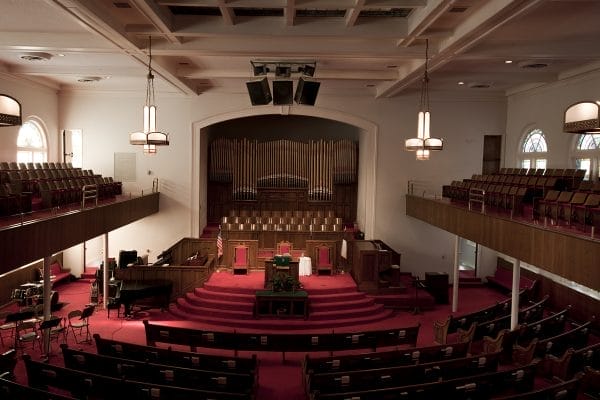 Sixteenth Street Baptist Church
The Sixteenth Street Baptist Church is a mixture of Byzantine and Romanesque style adorned with two domed towers and a roomy basement auditorium. Today, the church’s congregation is small with approximately 200 people listed as members, however, the church annually receives more than 200,000 visitors, scholars, activists, and intellectuals. It is a fixture as a part of the civil rights district of Birmingham and serves as a monument to the human capacity to love, hate, and forgive. In 2008, the church held a program commemorating the 45th anniversary of the bombing. On May 24, 2013, Collins, McNair, Robertson, and Wesley were awarded the United States’ highest civilian honor, the Congressional Gold Medal. In January 2017, Pres. Barack Obama signed legislation declaring the area around Birmingham’s Kelly Ingram Park, which includes the church, as the Birmingham Civil Rights National Monument.
Sixteenth Street Baptist Church
The Sixteenth Street Baptist Church is a mixture of Byzantine and Romanesque style adorned with two domed towers and a roomy basement auditorium. Today, the church’s congregation is small with approximately 200 people listed as members, however, the church annually receives more than 200,000 visitors, scholars, activists, and intellectuals. It is a fixture as a part of the civil rights district of Birmingham and serves as a monument to the human capacity to love, hate, and forgive. In 2008, the church held a program commemorating the 45th anniversary of the bombing. On May 24, 2013, Collins, McNair, Robertson, and Wesley were awarded the United States’ highest civilian honor, the Congressional Gold Medal. In January 2017, Pres. Barack Obama signed legislation declaring the area around Birmingham’s Kelly Ingram Park, which includes the church, as the Birmingham Civil Rights National Monument.
Further Reading
- Branch, Taylor. Parting the Waters: America in the King Years, 1954-63. New York: Simon Schuster, 1988.
- Lee, Spike. Four Little Girls. New York: HBO Documentary Films, July 9, 1997.
- Manis, Andrew Michael. A Fire You Can’t Put Out: The Civil Rights Life of Birmingham’s Reverend Fred Shuttlesworth. Tuscaloosa: University of Alabama Press, 1999.
- McWhorter, Diane. Carry Me Home: Birmingham, Alabama: The Climactic Battle of the Civil Rights Revolution. New York: Simon & Schuster, 2001.

